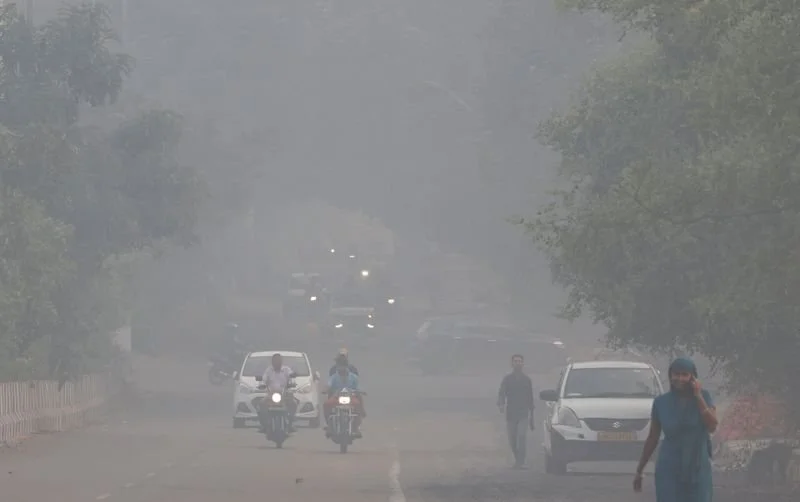Delhi’s air turns toxic as CPCB, IQAir differ on AQI readings
Delhi woke up to a grey, choking sky a day after Diwali fireworks lit the night. The air turned toxic, making the national capital the most polluted major city in the world. Residents struggled to breathe. Eyes burned. Even healthy people complained of unease.
On Tuesday, IQAir, a Swiss air-quality firm, recorded Delhi’s Air Quality Index (AQI) at an alarming 1,121. India’s Central Pollution Control Board (CPCB), however, reported a much lower figure—351—under the “very poor” category. Both readings are correct, but for different reasons.
What AQI Means
AQI shows how polluted the air is and how it affects health. It combines eight pollutants—PM10, PM2.5, ozone, sulphur dioxide, nitrogen dioxide, carbon monoxide, lead, and ammonia.
“AQI helps citizens understand air quality in simple terms,” said Mohan George, Consultant at the Centre for Science and Environment. He added that color codes indicate whether air is good, moderate, or dangerous.
AQI above 400 signals “severe” pollution. At that level, even healthy people face health risks.
Why CPCB and IQAir Differ
The gap lies in their scales, data sources, and calculation methods.
CPCB caps its AQI at 500. Anything beyond that falls under the “severe” category, signaling a public health emergency. It divides air quality into six categories—from “good” (0–50) to “severe” (401–500).
In contrast, IQAir uses a broader international scale. It labels readings above 301 as “hazardous.” Its categories are tighter and its scale continues beyond 500.
“When both agencies calculate AQI, they focus on the dominant pollutant,” said George. “In northern India, that’s PM2.5, especially in winter.”
How They Source Data
CPCB collects information from government-owned monitoring stations managed by CPCB, DPCC, IMD, and IITM. “CPCB depends on reference-grade monitors that offer calibrated readings,” George noted.
IQAir, however, uses data from a wider network. It includes official monitors, embassy stations, and private sensors. “For example, the US Embassy runs its own air-quality monitor. So do other embassies and individuals,” said Sunil Dahiya, founder of Envirocatalysts. “IQAir averages all these readings.”
How They Calculate
Their calculation models also differ. NDTV tested both systems using a PM2.5 concentration of 1,100 micrograms per cubic meter. IQAir’s calculator gave an AQI of 2,043, while CPCB’s showed 1,054. However, CPCB’s scale limits the final AQI to 500.
Thus, CPCB rounds extremely high readings into the “severe” category, while IQAir reports the actual calculated figure.
Which One to Trust
Experts suggest focusing on the pollutant concentration or label—“severe,” “very poor,” or “hazardous”—rather than the exact number.
At 11:30 a.m. Tuesday, IQAir reported AQI near Mandir Marg at 489, with PM2.5 levels at 320 micrograms per cubic meter. Around the same time, CPCB recorded PM2.5 at 335 micrograms per cubic meter.
Despite the difference, the message is clear: Delhi’s air remains hazardous.
The debate over numbers changes little. Whether it’s 350 or 1,100, the reality stays the same—Delhi is breathing poison.

